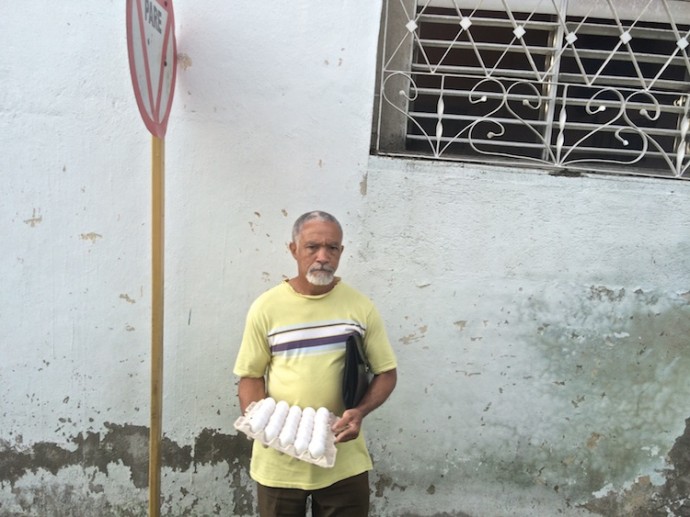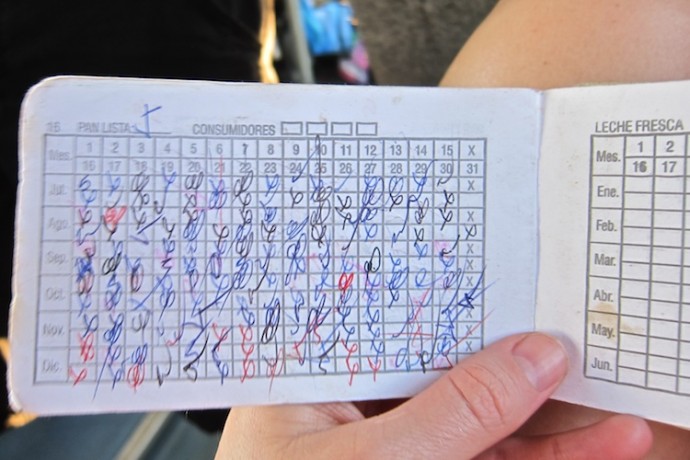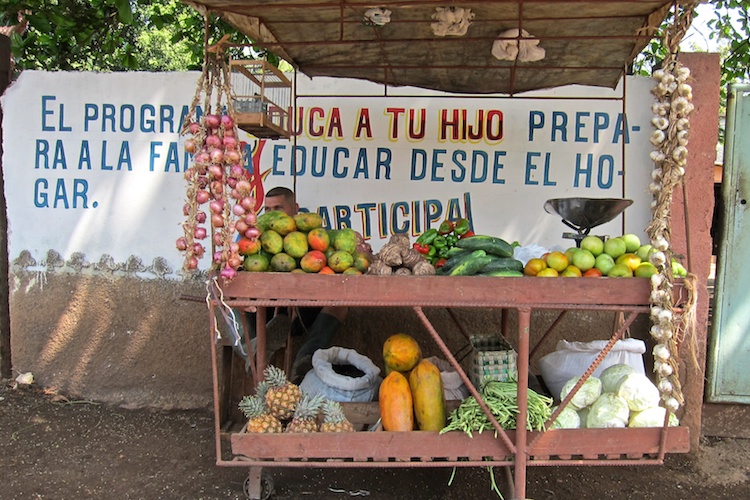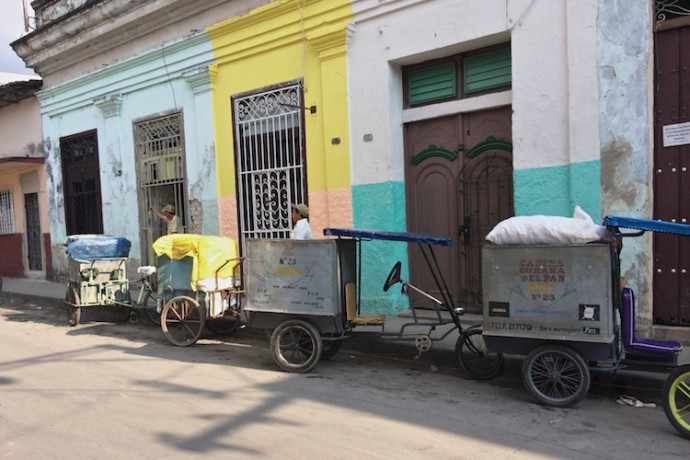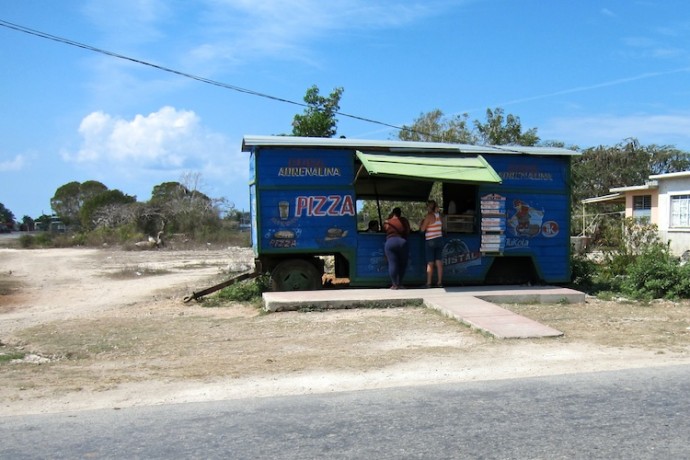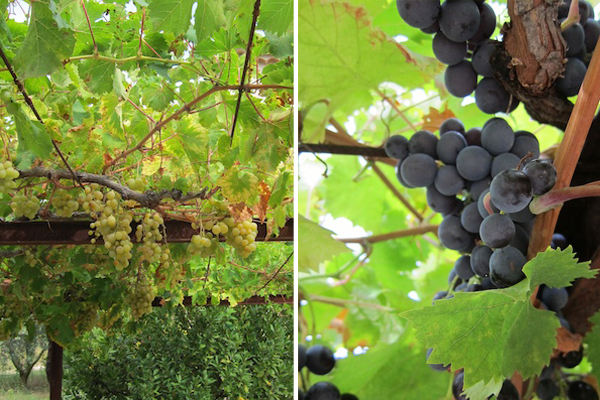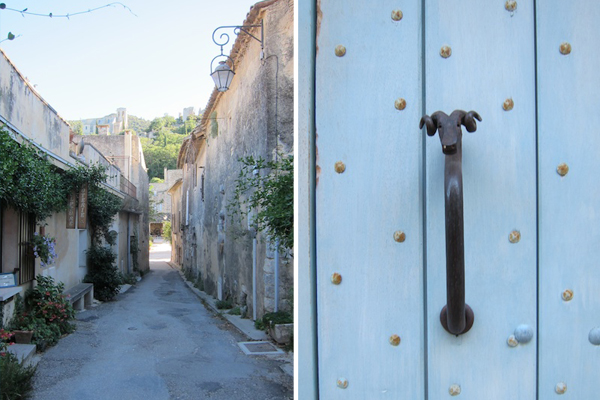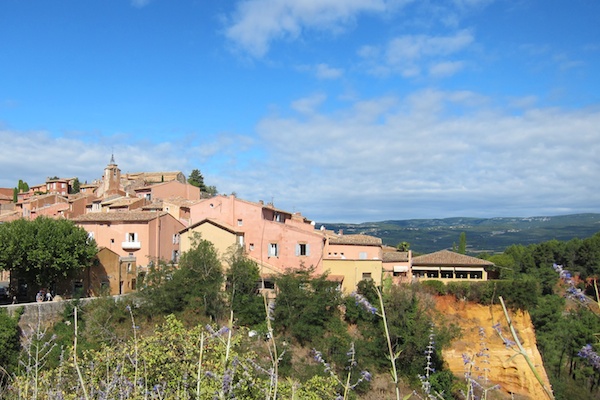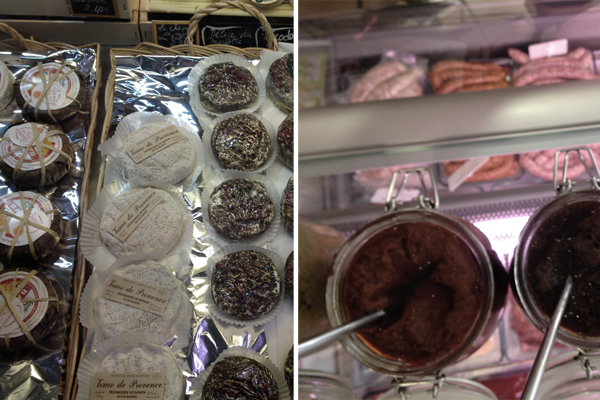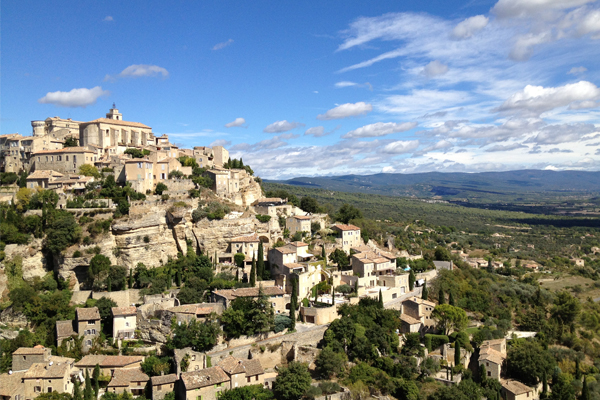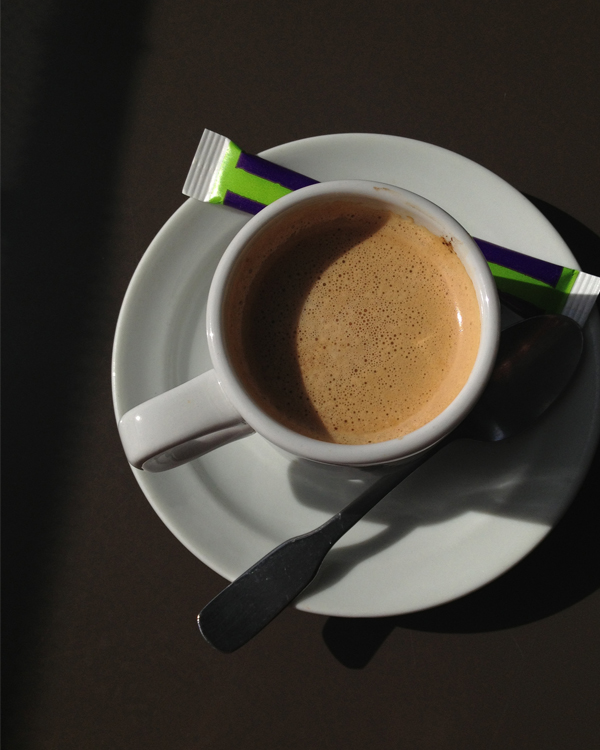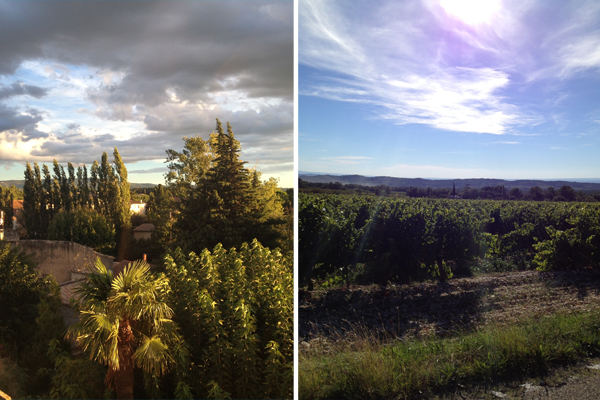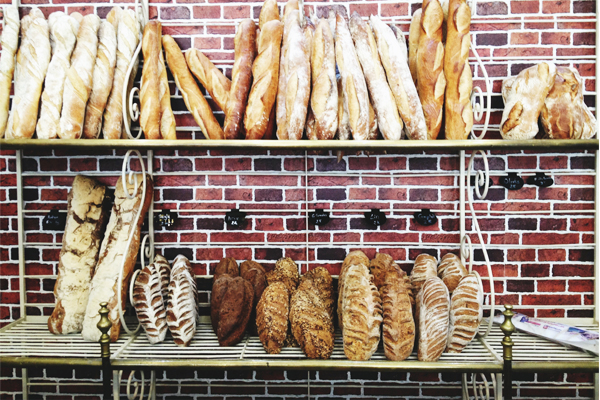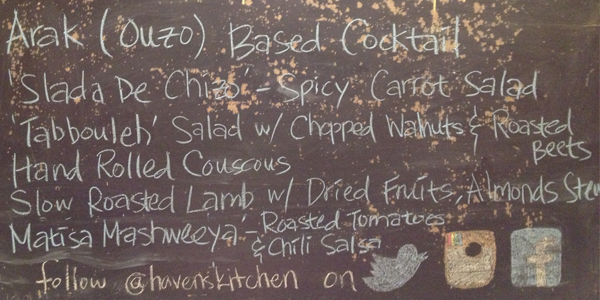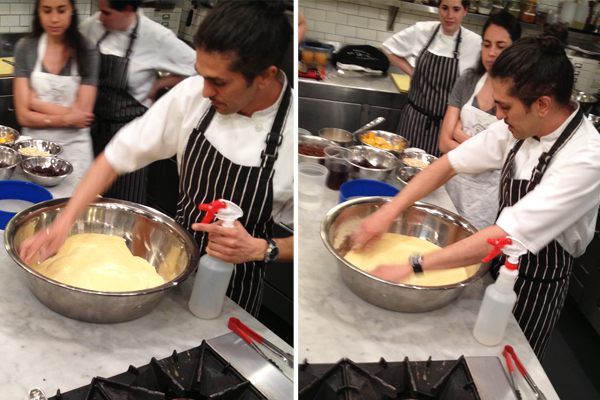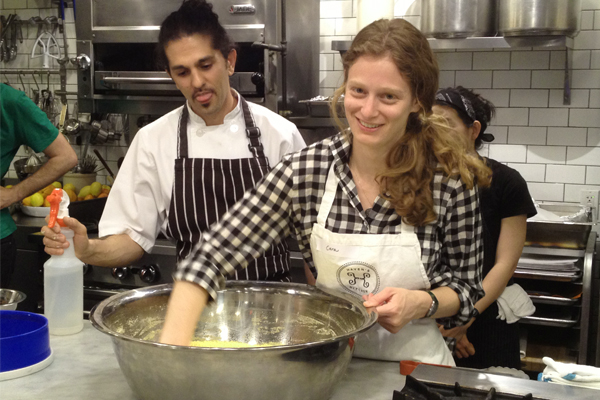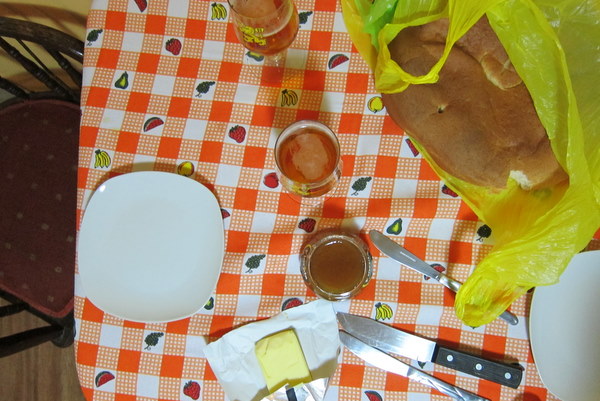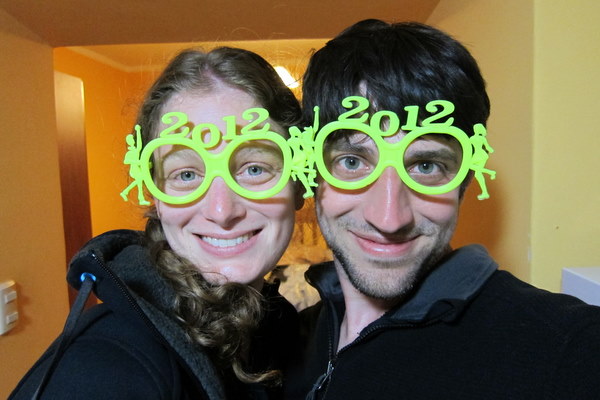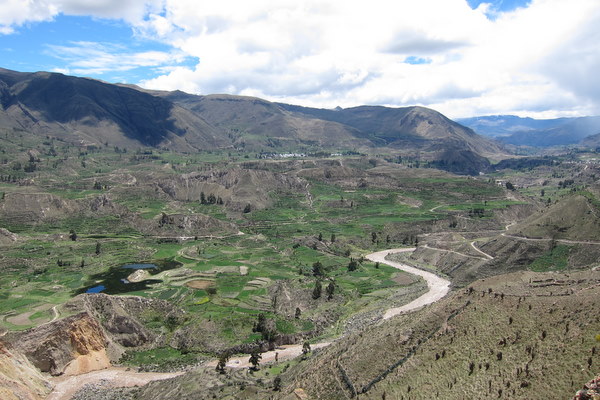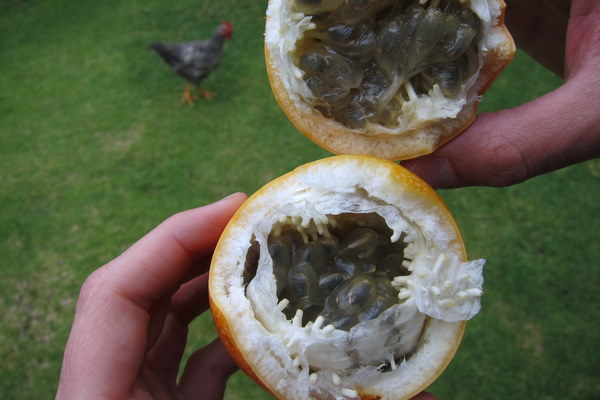If there is one thing I learned on my summer vacation, it is that the views in Corsica are cheap. The food, however, is not.
A month or so ago, on a whim, Josh and I decided to cash in some of his consulting miles—earned while toiling away on spreadsheets, on planes, for 3 years-and take a summer vacation. We booked our flight to Nice, and our ferry to Corsica, about a week before the New York Times published a piece about hiking the island’s inner hills on the cover of the travel section.
We got the Times’ memo a little late—the one about how harrowing the roads are, and how beautiful the interior of the island is—and we decided to double down on our road trip luck and spend our 6 days in Corsica driving the coastline from end to winding end. As my parents have noticed over the years, I have the habit of planning such go-go-go trips that I need a vacation from the vacation when I get home. (Or I come down with the flu on the plane back.) To Josh’s dismay, this might have been the case yet again, and as the going got more and more beautiful, we realized that go-go-go was fueled by a dangerous fear of missing out (FOMO).
Our main vacation activity was driving, which I quite enjoyed, since I can’t operate a manual vehicle and Josh had to do all of it. Our second most time-consuming activity was eating.
Josh and I are prone to indecisiveness. This, compounded with being in a foreign place, became debilitating. I’d say we spent 3 hours on lunch each day, but under an hour of this actually consisted of sitting down at a restaurant. The rest of the time was spent walking around each town to make sure we had scouted every last option before making a decision. Then, we’d each relay our top two choices to each other and whittle them down from there, usually by also whittling down our AT&T international data plans so we could cross check each venue on Trip Advisor and Chowhound and use our apps to translate the message board entries from French and Italian to English.
We had our “methods” to ensure a quality restaurant was selected. For one, it had to be crowded. Also, the menus could have no pictures or English translations, which meant spending some extra time asking the waiter to try to explain what a word meant using other French words that we didn’t understand. Regardless, for our first few eating experiences in Corsica, the thorough vetting did not pay off, and when a sad looking filet of grilled fish over soggy haricot verts landed in front of us, after two hours of stomach churning searches, we were pissed.
We learned to stay clear of the “menu du corse,” which was a mediocre tourist rendering of classic Corsican dishes—charcuterie, cannelloni brocciu (a type of Corsican cheese), wild boar, goat, and soup de poisson. The charcuterie and cheese plates a la carte were usually safe bets, but after sampling the soup de poisson at two different restaurants, I can say it is not our cup of stanky, fishy tea.
We reached our peak of frustration at the bad food, at high tourist prices, in Sartene, when Josh purchased a tartlette at the farmers’ market, and after taking a series of photos of him eating it for this post, we noticed that in addition to cheese it was also filled with maggots. At this point, we had thrown our guidebook into the corner of the car and threatened to burn it in the hot coals beneath a spit of Corsican wild boar.
Luckily, this was only day 2, and once we got out of the south, with its crowded beaches and DJs imported from Ibiza, resorted to our own instincts, and tried not to let FOMO get the best of us, the food started to get better, and so did the views (not that they needed to). The highlight was our time in the western side of Cap Corse, the small peninsula at the top of the island that looks like a small finger, flicking off France to the north. There, in our tiny town of Marine d’Alba, we had one of the best, and most creative meals of the trip. Of course, anything would have tasted good after an evening of sipping rose on the edge of a Genoese tower and watching the sun set over two bays on either side of us. But the simple seared scallops topped with bright and crunchy fennel salad, and served with a side of warm, aromatic pureed fennel, was a dish worth the whole price of admission to Corsica-a meal that finally matched all the outrageous beauty around us.
Restaurant snarkiness aside, the trip was magical, and I’m indulging myself by giving you a very healthy slideshow below that captures our full trajectory, complete with the mind-numbingly gorgeous views. (Thanks to the Josharazzi, I’m unwittingly in a lot of them, and the back of my head doesn’t hold a candle to the mountains and the sea.) For those of you who want more info or advice on planning a trip of your own to Corsica, I’ve also included all the names of places where we ate, drank, beached and slept to help you make informed decisions of your own, so you can avoid acting like obsessive crazy people like we did. Although if there’s a second takeaway to be had, it is that in a place like this, FOMO is a highly warranted condition. And the best cure is to plan a trip back.
From my kitchen, sharing rich Corsican views and eats to yours,
Phoebe, THE QUARTER-LIFE COOK
The ferry from Nice to Calvi was more of a cruise ship than a boat. Make sure to fight your way to the top deck upon arrival so that you can obtain a set of awesome yellow and blue lawn chairs and can sunbathe for the duration of the six-hour journey. We weren’t as lucky as that guy behind us…
Catching sight of the first tip of the Golfe de Calvi in Corsica
A view of Calvi’s citadel from the ferry.
We ventured first to the high walls of the citadel, where there was a great view of the new town and the port below.
Some blonde American tourist taking a picture on her iPhone.
The picture.
Next, we took a 30 minute train from Calvi to a beach in Algajola, where we got a small taste of how gorgeous the coastline was along the way.
The second day we picked up our trusty Peugeot, and began the journey from Calvi to Ajaccio. There is a place to stop and take pictures every 10 feet, but we didn’t really know this at first and stopped every 10 feet. (FOMO!)
In our trusty vehicle, overlooking the Golfe de Porto
We departed Ajaccio regretting our meal at Da Mamma the night before, and vowing to picnic that day for lunch with finds from the farmers’ market. The offerings included plenty of fromage du corse and jambon (see below).
Cured wild boar, a Corsican specialty.
We decided to hold out until reaching Sartene that afternoon to find picnic makings. We thought we had happened upon a cute tart stand.
Since I can’t eat gluten (although I was REALLY bad on this trip), Josh chowed down on his pastry while I snapped pictures. We later tried to zoom in to see if you could see the bugs. You couldn’t. So we tried to pretend it never happened. After the incident, we ended up finding a butcher/specialty food shop at the end of one of the main streets leading out of town that looked untouristy, and buying some prosciutto there helped Josh forget about the critters.
After a night in Porto Vecchio, we set out for the north. Driving along the west side of Cap Corse, along D80, we stopped at Nonza for a quick stroll before reaching our destination of Marine d’Alba. If this church is any indication, the town was old school and picturesque.
Even though clouds hovered above the inland hills of Cap Corse, the sun was still shining on the pebbly beach below Nonza.
In Marine d’Alba we decided to twist open a bottle of Corsican Rose from Patrimonio, sit on the edge of a crumbling Genoese tower, and watch the sunset. In the background, to the south, is the faint silhouette of the mountain range inland of Calvi.
The tower, and a certain someone who’s had too much vin.
The pebbly beach of Marine d’Alba. (You think I would leave my Bach sweatshirt at home? Dream on.)
On our last full day (tear) we continued driving up D80 to Centuri, a little fishing town close to the tip of Cap Corse. The specialty there was Langoustine. I went on a gluten spree and shared a spicy spaghetti with langoustine with Josh at La Macciotta. It was worth the stomach ache.
Langoustines, a thin European lobster, awaiting their fate as part of our pasta.
The port of Centuri, complete with real fishing boats (good sign!), where we stopped for lunch.
If we had it all to do over again, we would have skipped the south and spent a few more days in the quaint, quiet towns along the coast of Cap Course. Unlike Sartene, this really felt like the “real” Corsica. If you’re driving along the eastern side of Cap Corse towards Bastia, make sure to make a quick pit stop in Erbalunga, another cute little fishing village (above).
One final photo opp. Le sigh.
Back on the mainland-the boardwalk lining the port in Nice, looking out onto the facades that made up the Vieux Ville (old city). For our last supper, we ate pan-fried red moulet with olive tapenade, cod fritters, and poached cod in a rich and early tomato sauce. Heaven.
**Where to Eat, Drink, and Sleep (and Where NOT to)**
If you’re planning a trip of your own, do a little research beforehand on Tripadvisor and Chowhound, keeping in mind that a lot of people are using the same sources (i.e. guidebooks). A lot of the restaurants we tried were thanks to LP, so heed our advice on which ones to seek out and those to beware of. Remember that Corsica is just north of Sardenia and is overrun with Italians in the south. This means you should definitely take some breaks from French and Corsican cuisine for some pasta and pizza-it’s the real deal.
As for hotels, we spent between $125 and $200 a night on our rooms. The hotels got more expensive as we got further south. Despite our restaurant fickleness, we were actually pretty easy to please on the hotel front, and would recommend any of the ones we stayed in. The rates are cheaper when not traveling in the high season, and there are also B&B options called “Chambres d’hotes.” Since we booked latter in the game, all those were full. But look into them (and report back) if you go!
Calvi
We were very charmed by this little town’s citadel (if the pictures are any indication). Though it’s one of the main ports for ferries from France, it was one of the smaller, less touristy stops on our trajectory—one where we would have liked to spend more time.
U Callelu
A great location right at the foot of the main quay that runs along the marina. If you sit outside on the sidewalk, you’ll literally be feet away from the boats popping up and down in the port. The charcuterie and fish entrees were pretty good, as was the wine. But the Soup de Poisson was inedible.
Le Jardin
This place looked cute, and in retrospect, might have been the less touristy, better option for dinner. Since we were in Calvi our first night, we hadn’t get learned our cardinal rule when eating: beware of views.
Hotel Belvedere, Albert 1Er
Probably the shabbiest hotel we stayed in, but great location and totally clean.
Porto
At first glance, the red stone bay that surrounded the small port of aptly named Porto, was quaint and gorgeous. But once we ventured into town, it became apparent that it was just another tourist hotspot with little function otherwise. The boats were mainly for sport and paid outings, not for fishing. This might have been why our lunch there was one of the worst of the trip.
Le Robinson
The book recommended this restaurant and U Pescador as excellent options by the beach for fresh seafood. We were put off by the sad exterior and patronage, but decided to give it a try anyway. The food was equally sad, and overpriced to boot. Even though it was only our second day, this meal made us really mad at Lonely Planet. Instead, choose one of the bustling restaurants lining the main through street where beach goers are trying to park.
Ajaccio
Even though it’s the capital of Corsica, this city is definitely one to skip. However, the drive between Ajaccio and Calvi was worth it. The farmers’ market was a great highlight, but unfortunately we didn’t buy anything there, instead holding out for the offerings in Sartene. (Mistake!)
Da Mamma
Clearly the best we were going to get in downtown Ajaccio, but bad nonetheless. As at any of these mediocre, touristy restaurants, the safest thing is the charcuterie. Avoid the menu du corse, unless you are going to split it, as we did. That way you won’t disappointed in the food AND pissed off at how much you spent.
Hôtel Fesch, 7, Rue Cardinal Fesch
Great bang for your buck. It’s right in the center of the city, if you decide Ajaccio is indeed a city you want to experience.
Sartene
“So traditional. So proud. So Corsican.” This is what our guidebook said to lure us to this mid-sized tourist trap of a town. In addition to none of the above, it also turned out to be SO full of maggots. Avoid the farmers’ market, as clearly hygiene is an issue. We ended up finding a butcher/specialty food shop at the end of one of the main streets leading out of town that looked untouristy, and buying some prosciutto there helped Josh forget about the critters.
Porto Vecchio
If you’re looking for nightlife, this is the city for you. It also happens to have a fun little Citadel area above the port where there seemed to be many good restaurant choices, both fancy and casual, as we chose.
U Caseddu
This is a good spot if you’re sick of fancy, heavy, over-priced menus “du corse” and just want some affordable, passable Italian. The pizzas were a little droopy, but still decent. The moules frites was excellent.
Hotel Domaine De Caranella, just north of Porto Vecchio, Route De Cala Rossa
If you want to stay outside the city, and near a beach, this is a passable option. The rooms were nice, including a very large bathtub. But the grounds were a little sad. Unfortunately, in the high season, getting a hotel right ON the beach can run you close to $500 a night. For us, this was the affordable option, and after we swallowed our expensive tastes, it turned out to be perfectly lovely.
Cap Course (Nonza, Marine d’Alba, Centuri, Erbalunga)
If we had it all to do over again, we would have skipped the south and spent a few more days in the quaint, quiet towns along the coast of Cap Course. Unlike Sartene, this really felt like the “real” Corsica. The drive along D80 was the most beautiful of the trip, and the town we stayed in, Marine d’Alba, was perfect. It had a great restaurant that we happened upon, the perfect place to sip rose and watch the sunset, and a cute little grocer to buy provisions for the next leg of our drive. Stop at Nonza on the way-it was my favorite of the towns, and perhaps worth a night of its own.
Restaurant Morgianti
This was the more sophisticated and pricey option in Marine d’Alba. But finally worth it. This is the time to steer clear of the traditional menu items and try the more adventurous dishes. We had a lovely seared scallop appetizer with warm and cold fennel. The warm puree was served in a small glass, and was just slightly thicker than a soup. The aroma was heavenly.
Hotel Tamaris
The worst amenities (i.e. plastic door to the bathroom and thin thin walls to the other rooms), but the best location. For the price, it’s worth a night. There is a more expensive option above the restaurant Morganti that is worth looking into.
Bastia
We were pleasantly surprised by this medium-sized port city. The architecture and the vibe felt like a mini, and less chic, Nice. I’m not sure it’s worth more than one night, but Bastia was the perfect bookend to our Corsican adventure.
La Mandria
Similar in price and vibe to Morgianti (see above), this restaurant only offers prix fix menus. For the quality of the food, both fresh and creative, the meal is a good value. Lesson learned yet again, it was also one of the few restaurants set on the city’s interior, and not lining the port. The charming square was a welcome alternative to the views. This was my favorite dinner start to finish.
Hotel Les Voyageurs
The most charming and comfortable of all our hotels. Highly recommended.
Nice
If you’re ferrying over from Nice, make sure to get in a meal at La Meranda. Its small menu, written on a chalkboard, showcases what Niçoise cooking is all about—ratatouille, fried zucchini blossoms, and melt-in-your-mouth beef stew. Our meal on the last night at Le Safari was also great, if more expensive.


